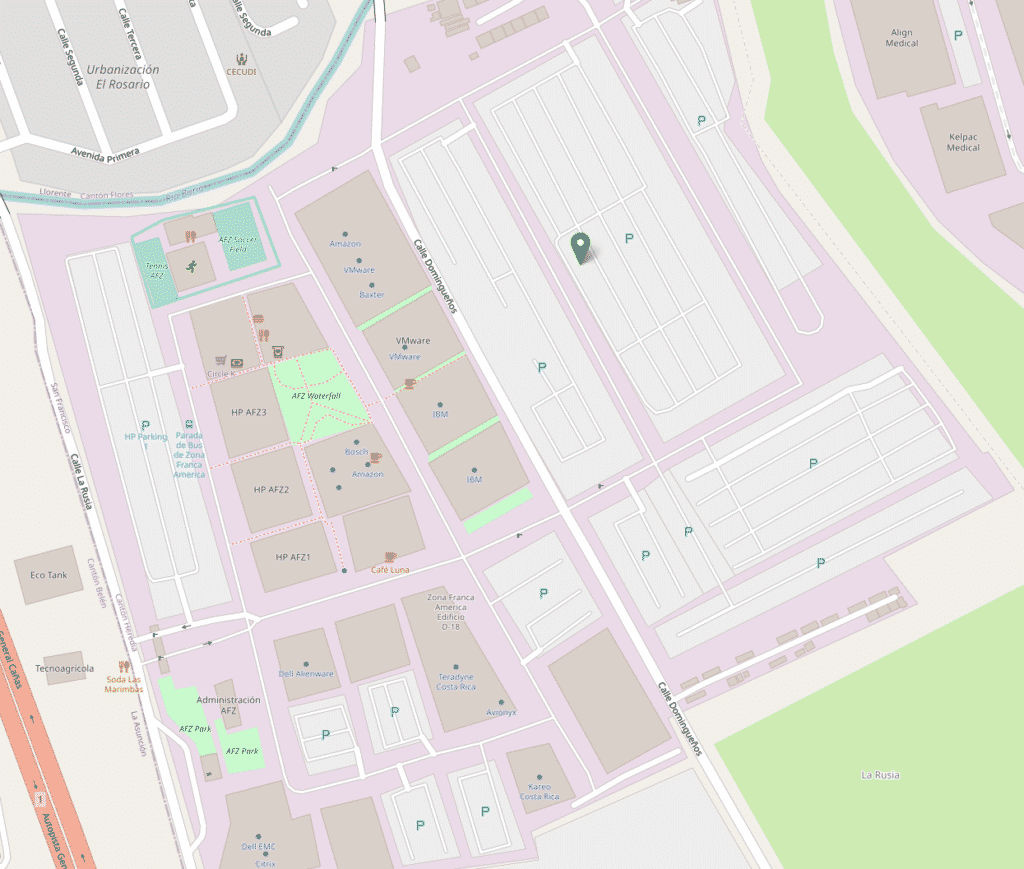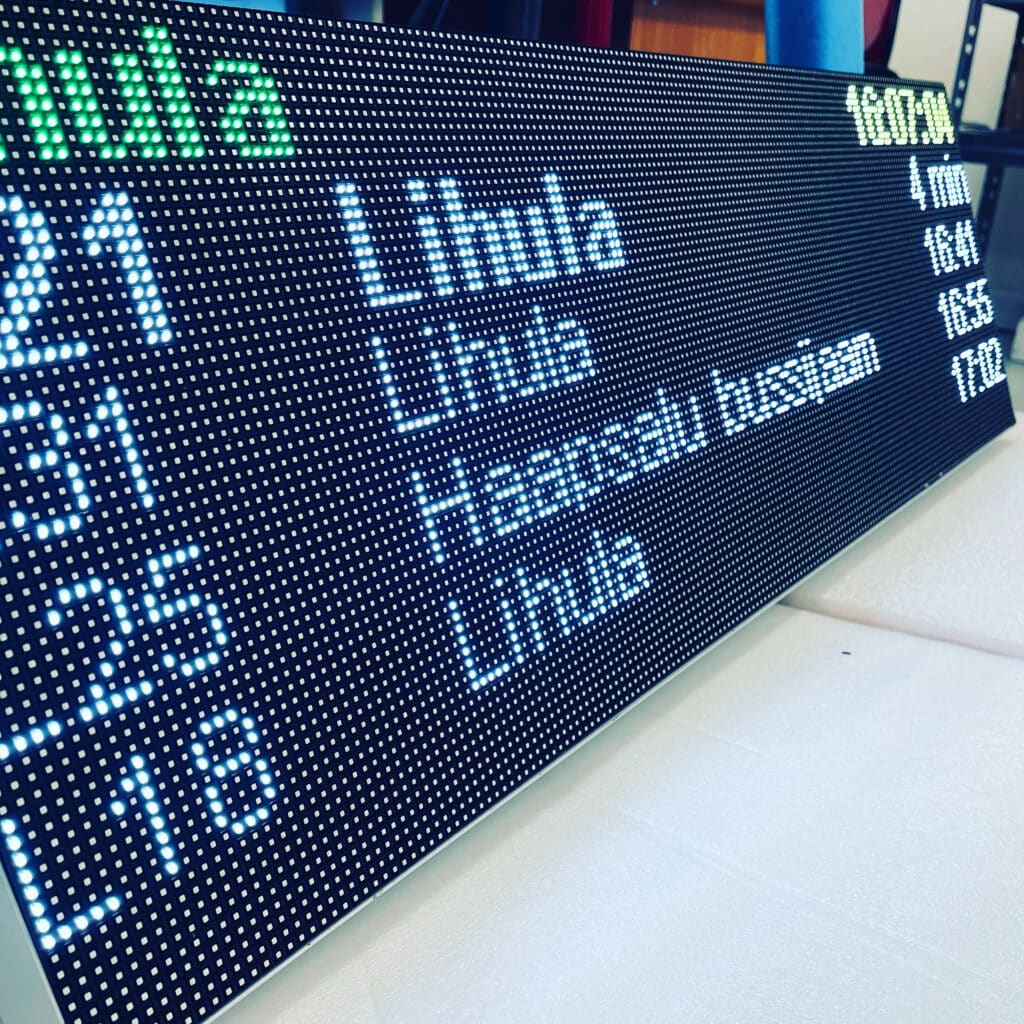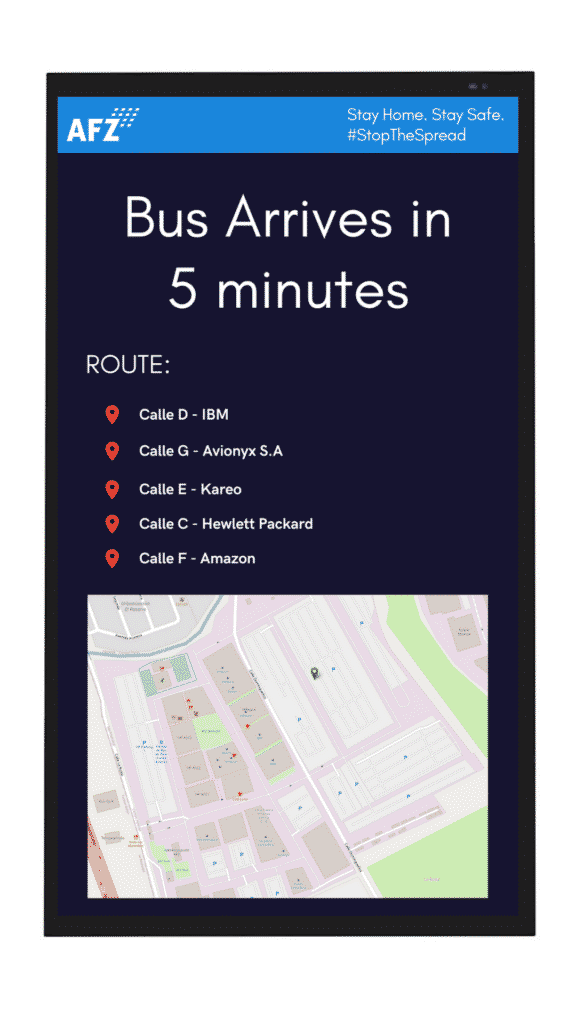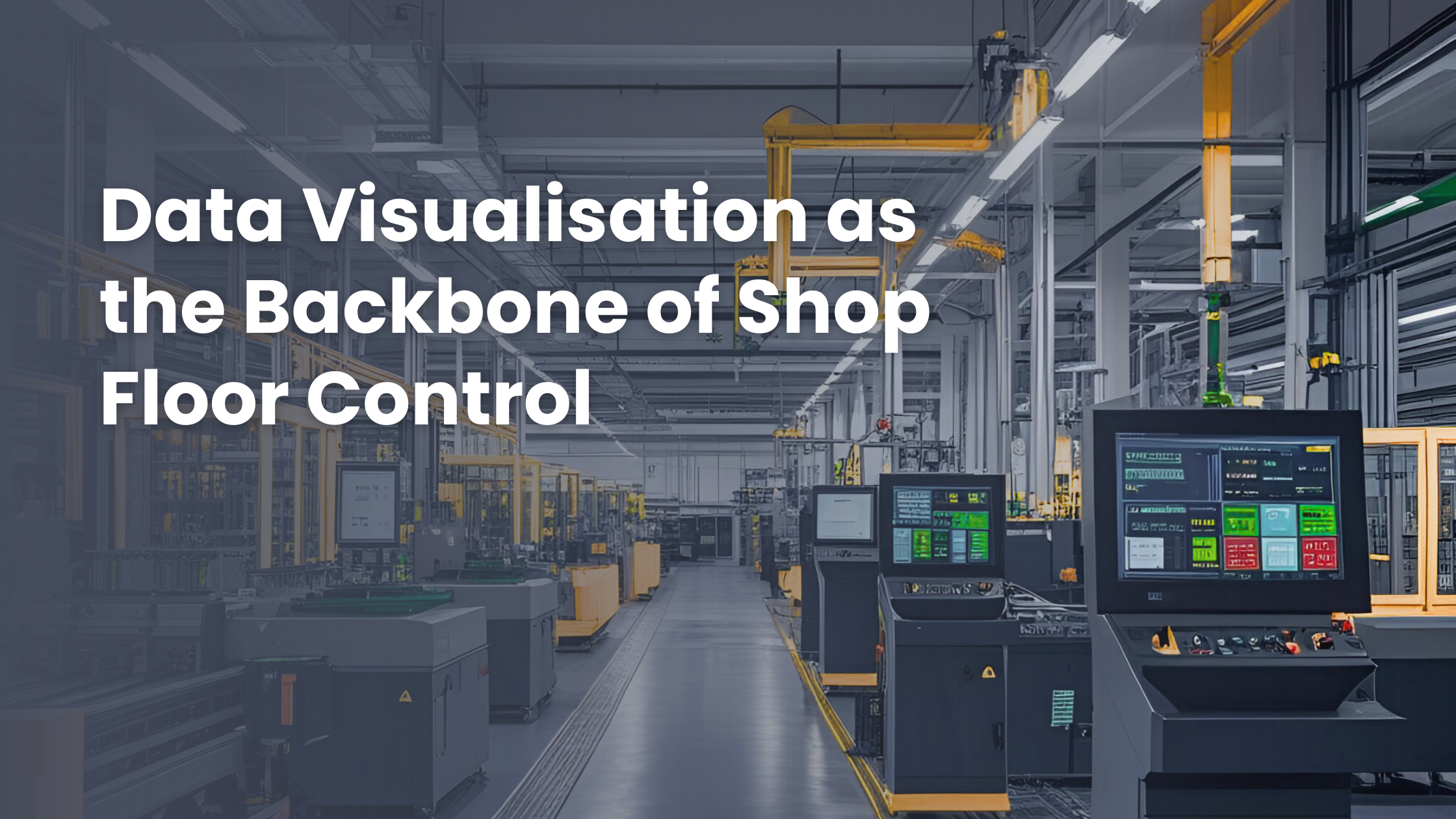What and Why?
Visualizing of accurate bus arrival information is vital to passengers for reducing their anxieties and waiting times at the bus stop.
Additionally, based on data collected, traffic managers can adjust departure schedules and monitor bus availability needs to ensure service quality.
By using self-driving buses, the integrations and possibilities can be further developed in the future within the framework of Smart City.
How does it work?
Data is gathered through GPS trackers and software generates the output information using the algorithmic calculations and deep learning methodology.
Using a real-world trajectory dataset generated by the on-site buses, a bus arrival time prediction system is built and it is constantly self-improving by making better predictions.
Main Features
BUS LOCATION VISUALISATION
Visualises bus location on the map that is shown on the bus shelter signage.
BUS ARRIVAL PREDICTION
Based on algorithms and information from the sensors, the software calculates the bus arrival time.
INFO ON DISPLAYS
Information output from predictions will be visualized on the screens at the shelter for passengers.
Bus Location Visualisation

Info on LED Display

Info on LCD Signage

Download Brochure here






